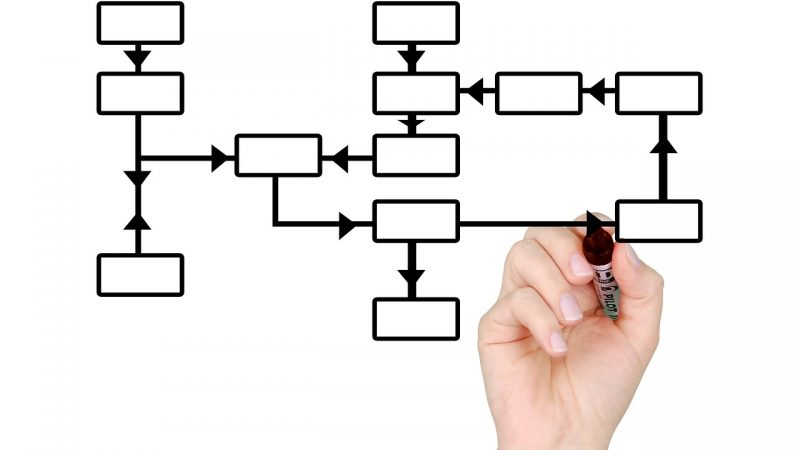Classroom interventions refer to targeted instruction, services and supports provided to students facing difficulties in learning, behavior, social-emotional wellbeing, or other areas. Implemented by teachers, counselors, specialists, or administrators, interventions aim to remedy issues impeding success and get struggling students back on track. This comprehensive guide covers the main categories and research-backed intervention methods.
Three Broad Types of Intervention
1. Academic Interventions
These address learning gaps, low grades, or limited skills in reading, writing, math, science, or other subjects. Common approaches include:
– Diagnostic assessment to identify areas of weakness
– Differentiated instruction tailored to ability level
– One-on-one or small group tutoring
– Scaffolding lessons and providing study aids
– Allowing different ways to demonstrate knowledge
– Frequent feedback and progress monitoring
– Enrichment activities to deepen proficiency
2. Behavioral Interventions
These aim to improve compliance with classroom rules, school conduct policies, and positive social behaviors through:
– Clear communication of expectations
– Reinforcement of positive behaviors
– Private corrections of negative behaviors
– Reflection strategies, like short breaks or journaling
– Daily progress reports and rewards systems
– Counselor guidance on self-regulation
– Consistent consequences for infractions
3. Social-Emotional Interventions
These develop skills for overcoming challenges like bullying, isolation, anxiety, trauma, or unstable home environments through:
– Group counseling sessions
– Finding peer social supports
– Regular check-ins with trusted adults
– Mindfulness and stress reduction practices
– Creative arts therapy
– Social skills instruction
– Fostering strengths and talents
– Referrals to psychological services
Effective Intervention Strategies in Schools
Certain best practices enable successful intervention implementation:
– Early screening – Identify issues before they escalate
– Data analysis – Pinpoint areas of need
– Collaboration – Coordinate efforts across staff
– Parent involvement – Enlist family support
– Mixed groupings – Integrate peer role models
– Scaffolding – Break down tasks into manageable steps
– Explicit modeling – Demonstrate expected behavior
-Positive reinforcement – Recognize student efforts
– Patience and consistency – Change takes time
– Cultural responsiveness – Respect diverse backgrounds
– Progress monitoring – Track response to adjustments
– Open communication – Discuss challenges and growth
– Ongoing training – Build teacher expertise and tools
– Referral protocols – Link students to specialized services
Implementing interventions systematically, collaboratively, and consistently is key. The right strategies stimulate growth for students struggling temporarily or those needing specialized support long-term. Early and responsive interventions boost outcomes and prevent more severe issues. They demonstrate every student’s learning and wellbeing matters.








